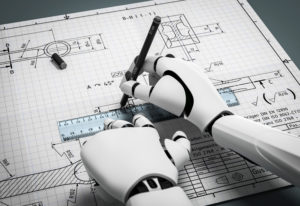
Generative Design
What is Generative Design?
Generative design is an iterative design process that generates several design alternatives according to the designer’s parameters and objectives.
Applied in industry, generative design has proven to be effective in designing optimised parts, i.e. lighter, stronger and therefore more durable. The idea behind generative design is to develop the design from different expectations and requirements. The computational power of generative design software allows for the production of several design options and the analysis of the results to define the most optimal design or designs.
Our Approach: Generative Design in Building Envelope
The growing complexity of the building industry due to the digital and energy transition, the multiple constraints faced by designers in general and building envelope professionals in particular require appropriate technological tools to carry out their missions. At ProCAL, we believe that the best ally of the building envelope actors in order to best respond to this complexity is the optimisation of their studies and designs. The introduction of Generative and Optional Design into the design process would allow to cover different aspects of the design (even antagonistic ones) and to propose several alternatives of cladding layout and design that best meet the objectives designated upstream.
Generative / Optional Design in Building Envelope: How does it work?
1. Define the starting parameters
The first step is to define the set of parameters that govern the design (Constraints, Constants, Variables, etc.). Example:
- Tolerable fall rate
- Minimum width of usable off-cuts
- Number of cuts per panel
2. Start the Layout operation
After determining the starting parameters, the layout can be started. Thanks to adapted algorithms, the software will be able to generate a number of alternatives. Each alternative will be given a score corresponding to the response it provides to the objectives designated beforehand by the user. The idea behind this type of application is to allow users to focus their efforts on the added value that their work can bring (reduction of design errors, saving of construction materials, consequent gain in productivity, better collaboration with all stakeholders) by combining several objectives, which may be contradictory, thanks to the computing power of the software.
3. Choosing the best option for your layout
In this last step, the user can start his automatic layout. Once the whole project is completed, the production of graphic parts, quantities, etc. can be started.
